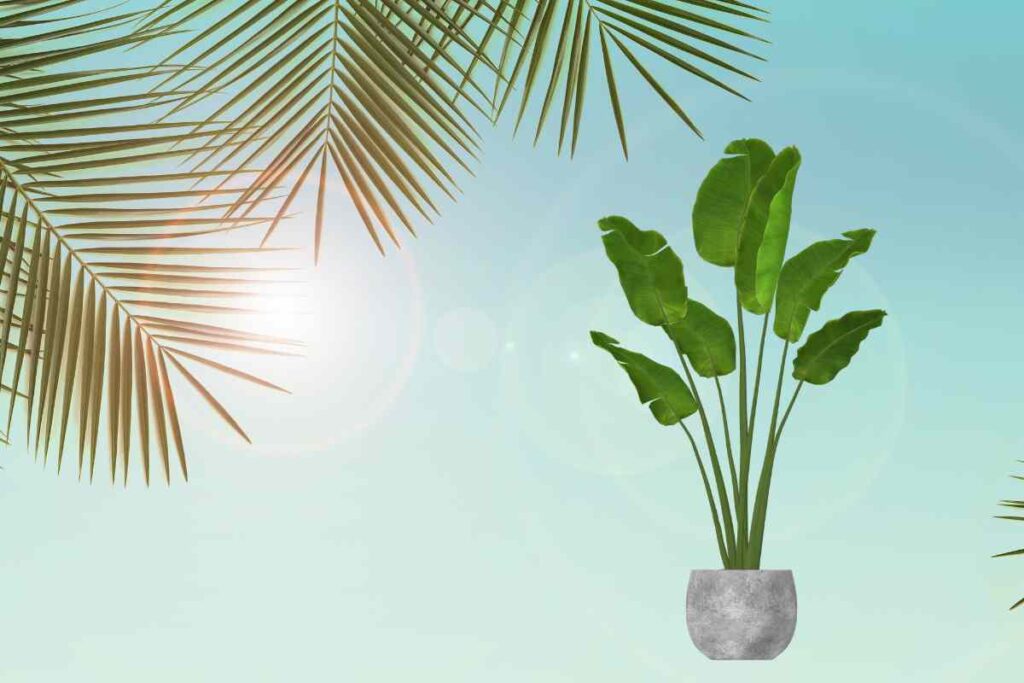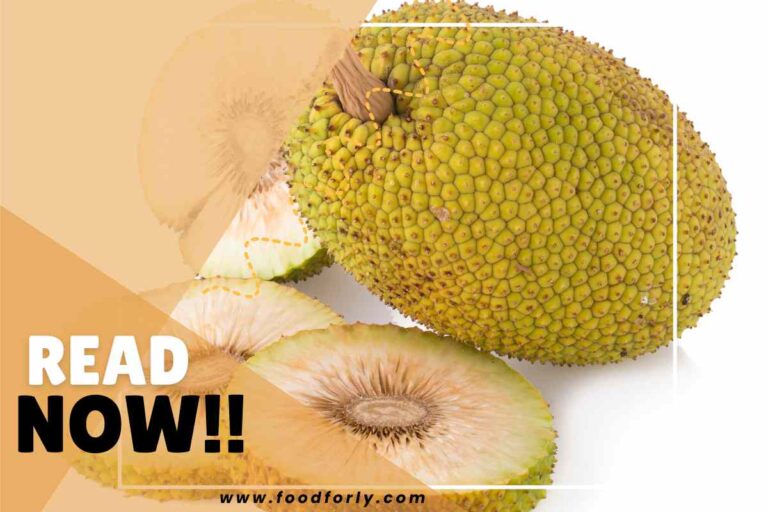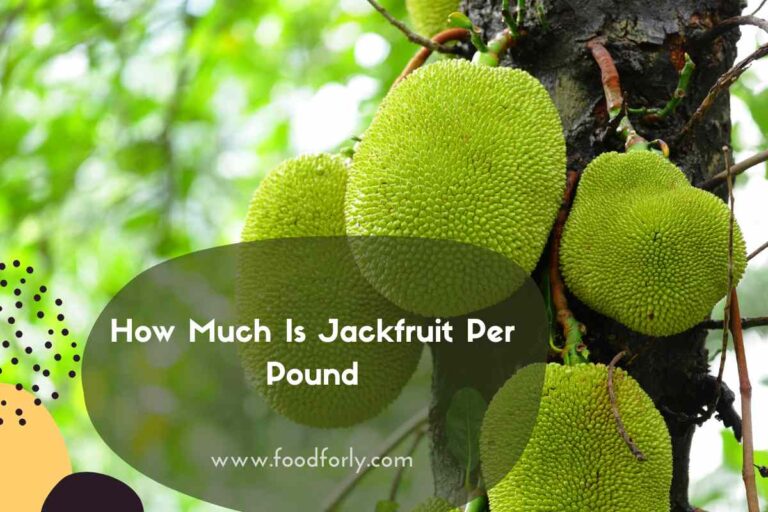Travelers Palm Vs Bird Of Paradise
Are you looking to add some tropical flair to your garden or landscape? Look no further than the vibrant and exotic Travelers Palm and Bird of Paradise. These two plants are known for their stunning appearance, unique foliage, and ability to thrive in warm climates.
The Travelers Palm, scientifically known as Ravenala madagascariensis, is a striking plant with large fan-shaped leaves that resemble a palm tree. Its growth habit is upright and it can reach heights of up to 30 feet.
Travelers Palm Vs Bird Of Paradise

On the other hand, the Bird of Paradise, or Strelitzia reginae, features elegant bird-like flowers in vibrant hues of orange and blue emerging from banana-like leaves.
Both plants require similar environmental conditions such as full sun exposure and well-drained soil. They are drought tolerant but benefit from regular watering during dry spells.
In terms of landscaping uses, these show-stoppers are often used as focal points or specimen plants due to their dramatic presence.
Whether you choose the Travelers Palm or the Bird of Paradise, both plants will undoubtedly bring a touch of paradise to any outdoor space. So why not transform your garden into a tropical oasis with these stunning additions?
Appearance and Foliage
You’ll be captivated by the stunning and vibrant foliage of both the travelers palm and bird of paradise. These tropical plants have leaf characteristics that set them apart from other plants in their family.
The travelers palm, with its large fan-shaped leaves, can reach up to 10 feet long. The leaves are glossy green and form a natural canopy that provides shade.
On the other hand, the bird of paradise boasts broad, paddle-shaped leaves that can grow up to 18 inches long. The leaves have a waxy texture and a rich green color that adds to its exotic appeal.
When compared to other tropical plants, both the travelers palm and bird of paradise stand out for their unique leaf structures and captivating beauty.
Growth Habits
In this discussion, we’ll explore the growth patterns of two popular plants: the travelers palm and the bird of paradise. You’ll be able to observe how these plants differ in their growth habits and understand what makes each one unique.
Get ready to learn about the fascinating ways in which these plants grow and thrive!
Growth patterns of the travelers palm
To fully appreciate the growth patterns of the traveler’s palm, picture yourself marveling at how its elegant fan-shaped leaves gracefully unfurl, revealing a lush and vibrant display that captivates every onlooker.
The traveler’s palm is known for its relatively fast growth rate, making it an excellent choice for those seeking a tropical touch in their garden or landscape. With proper care and attention, this magnificent plant can reach heights of up to 30 feet, creating an impressive focal point in any setting.
When it comes to caring for the traveler’s palm, there are a few tips to keep in mind. Firstly, ensure that the soil is well-drained and rich in organic matter. This will provide the necessary nutrients for optimal growth. Secondly, water regularly but avoid overwatering as this can lead to root rot. Lastly, provide adequate sunlight by placing the plant in a location where it can receive partial shade or filtered sunlight.
By following these care tips and observing the mesmerizing growth patterns of the traveler’s palm, you can create a stunning tropical oasis right in your own backyard.
Growth patterns of the bird of paradise
Imagine being transported to a lush tropical paradise as you witness the majestic bird of paradise unfurl its vibrant and exotic blooms, creating a mesmerizing display that leaves you in awe.
The growth patterns of the bird of paradise are truly fascinating. When it comes to leaf formation, this plant showcases large, paddle-shaped leaves that resemble those of a banana tree. These leaves emerge from long stalks and have a glossy texture that adds to their appeal.
As for root development, the bird of paradise forms thick and fleshy roots that help anchor the plant securely into the ground. These roots also serve as storage organs, enabling the plant to survive in drought conditions.
Overall, observing the growth patterns of the bird of paradise is an enchanting experience that will transport you to a world full of beauty and wonder.
Environmental Requirements
You’ll be amazed by how differently travelers palm and bird of paradise thrive in various environmental conditions.
When it comes to watering frequency, the travelers palm prefers a consistently moist soil, while the bird of paradise can tolerate periods of drought. It’s important to water the travelers palm regularly, about once every week or two, especially during hot summer months. On the other hand, the bird of paradise requires less frequent watering and can go without water for longer periods.
As for sunlight exposure, the travelers palm can handle full sun or partial shade, whereas the bird of paradise thrives in bright indirect light. Make sure to place your travelers palm where it receives ample sunlight but not direct midday sun, while finding a spot with bright but filtered light for your bird of paradise.
Flowering and Reproduction
Flowering and reproduction differ significantly between the travelers palm and the bird of paradise. The travelers palm relies on wind pollination, producing small flowers that are not particularly showy or attractive to pollinators. On the other hand, the bird of paradise has evolved a unique pollination strategy to attract specific pollinators, such as hummingbirds and sunbirds. Its vibrant and elaborate flowers serve as visual cues to entice these birds, who then transfer pollen from one flower to another. To further illustrate this contrast, we can compare their flowering characteristics in a table:
| Characteristic | Travelers Palm | Bird of Paradise |
|---|---|---|
| Pollination | Wind | Specific bird species |
| Flower Size | Small | Large and showy |
| Pollinator Attraction | Not particularly attractive | Highly attractive to specific birds |
While the travelers palm relies on wind for pollination with its inconspicuous flowers, the bird of paradise has developed an intricate system to attract specific avian pollinators using its visually striking blossoms.
Popular Uses in Landscaping
Landscapers often incorporate these plants for their versatility and striking foliage. Both the Traveler’s Palm and Bird of Paradise are popular choices in horticulture due to their unique characteristics and various uses.
The Traveler’s Palm, with its large fan-like leaves, adds a tropical touch to any landscape. It can be used as a focal point or as a background plant in gardens, providing shade and privacy.
On the other hand, the Bird of Paradise is known for its vibrant orange and blue flowers that resemble a bird in flight. It’s often used as an accent plant or in mass plantings to create stunning displays.
In terms of maintenance requirements, both plants are relatively low-maintenance, requiring regular watering and occasional pruning to maintain their desired shape and size.
Conclusion
In conclusion, when it comes to choosing between the travelers palm and bird of paradise for your landscaping needs, you have two stunning options. Both plants boast impressive appearances with their unique foliage and vibrant flowers.
They also have different growth habits and environmental requirements, so consider your specific conditions before making a decision. Whether you want a bold statement piece or a tropical touch, both plants will add beauty to your landscape.
So go ahead and choose the one that speaks to you and enjoy the benefits of these magnificent plants in your outdoor space.






